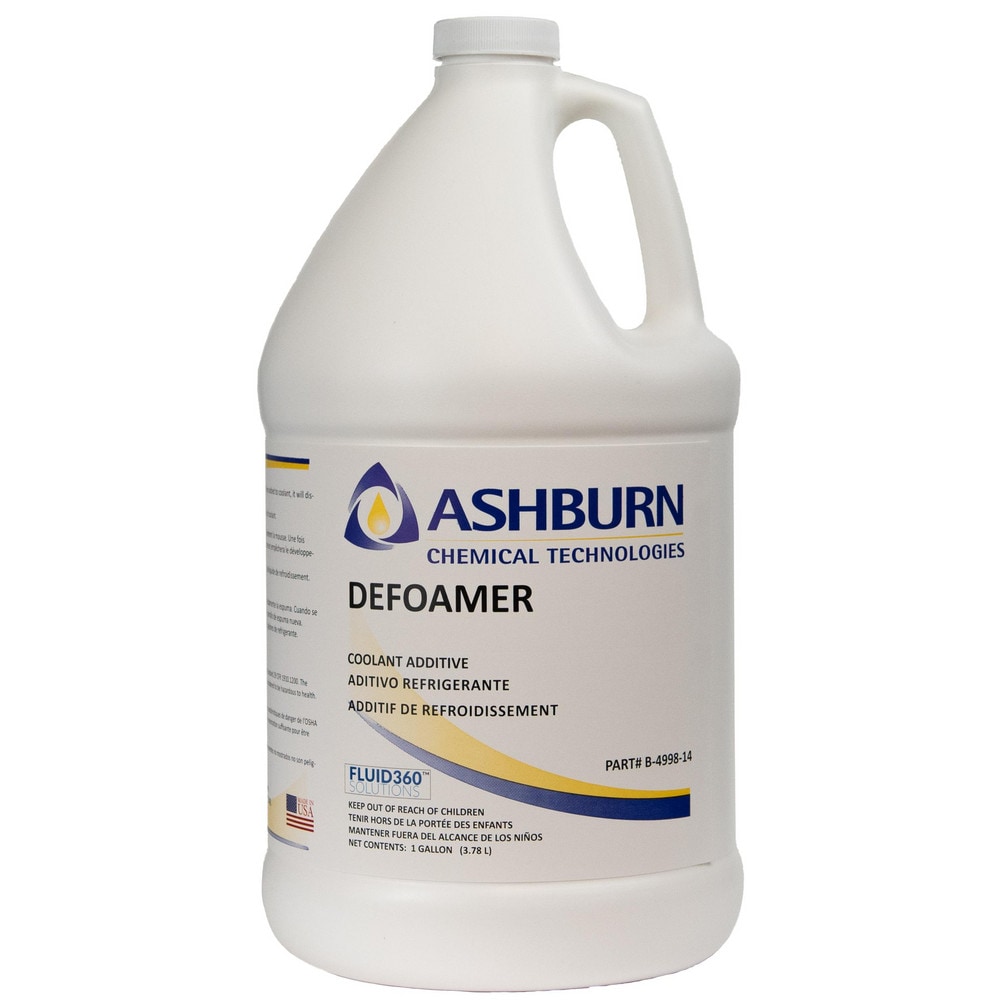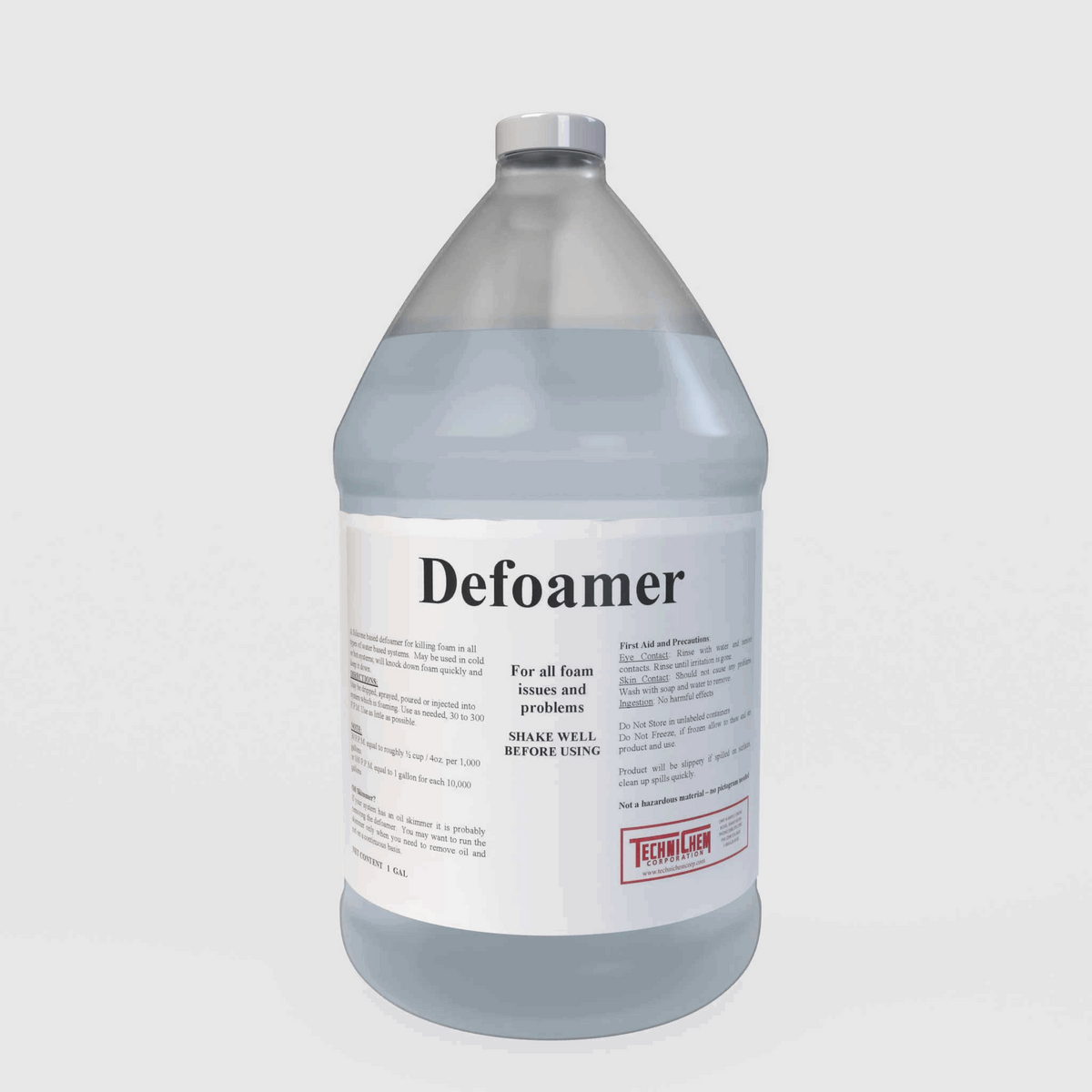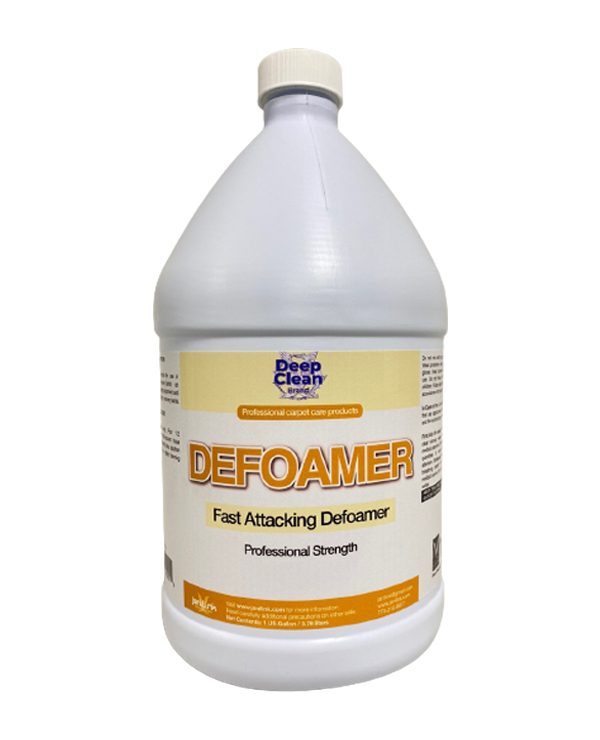The Key Differences Between Chemical Defoamer and Other Foam Control Agents
The Key Differences Between Chemical Defoamer and Other Foam Control Agents
Blog Article
Discovering the Advantages of a Chemical Defoamer in Manufacturing and Production
The combination of chemical defoamers in production and production processes offers a critical advantage by addressing among the persistent obstacles in industrial operations: foam control. Chemical Defoamer. Understanding the nuances of numerous kinds of defoamers and their details applications can expose their significant effect on functional effectiveness and item quality. As producers make every effort to enhance processes and improve consumer contentment, the function of chemical defoamers becomes increasingly essential. Yet, the question remains: exactly how do these substances fundamentally change the landscape of production performance and cost-effectiveness?
Value of Foam Control
While the presence of foam in making processes can occasionally appear harmless, reliable foam control is essential for maximizing functional effectiveness and item quality. Foam can hinder numerous phases of production, leading to inadequacies that may enhance prices and extend handling times. In markets such as food and beverage, drugs, and chemicals, unrestrained foam can obstruct tools, disrupt automated systems, and eventually result in product disparities.

Applying efficient foam control approaches not just improves efficiency yet also supports regulatory compliance in sectors where foam can result in ecological worries. By using chemical defoamers, manufacturers can reduce these obstacles, making sure smoother operations and higher-quality final product. Eventually, prioritizing foam control is an essential aspect of production that can produce substantial benefits in regards to product, performance, and security integrity.
Kinds Of Chemical Defoamers
What kinds of chemical defoamers are readily available for producing processes, and how do they vary in application? Chemical defoamers can be categorized into three primary types: silicone-based, organic, and not natural defoamers. - Chemical Defoamer

Organic defoamers, usually stemmed from fatty acids or natural oils, work in a range of applications, including food and drink production. They are typically liked for their lower poisoning and ecological impact, ensuring compliance with industry policies.

Each type of defoamer offers unique functions based on the chemical composition and the certain demands of the manufacturing process, enabling manufacturers to choose one of the most appropriate option for their specific requirements.

Advantages in Manufacturing Performance
Chemical defoamers play a vital duty in enhancing making efficiency by effectively regulating foam generation during numerous processes. Foam can prevent manufacturing rates, interrupt equipment operation, and result in pricey downtime. By integrating chemical defoamers, manufacturers can minimize these problems, guaranteeing smoother operations and increased overall performance.
The usage of chemical defoamers aids enhance the operational efficiency of equipment such as mixers, reactors, and pumps. With reduced foam, these machines can run at their meant capacity, reducing the risk of overflow and enabling constant processing. This leads to much better resource usage and greater throughput.
Additionally, chemical defoamers help with faster processing times by reducing the time required for foam elimination. This velocity can significantly affect manufacturing routines, permitting manufacturers to satisfy client need much more effectively. Furthermore, making use of defoamers adds to reduce energy intake, as machinery runs more efficiently with decreased foam disturbance.
Effect On Item High Quality
Foam control is not only vital for preserving efficiency in producing processes however also plays a considerable duty in ensuring item quality. go Too much foam can present air right into formulations, bring about variances in the last product. This can materialize as defects such as voids, unequal structures, or poor finishes, which undermine the desired high quality and published here efficiency of the product.
Moreover, foam can impede the homogeneity of combinations, resulting in uneven distribution of active components. In industries such as finishings, cosmetics, and food manufacturing, this can lead to variations in color, taste, and overall performance. By utilizing a chemical defoamer, manufacturers can minimize these dangers, guaranteeing that products fulfill stringent high quality specs.
Additionally, managing foam can boost the security of solutions and suspensions, which is critical for making sure shelf-life and customer satisfaction. With improved product consistency and reduced flaws, manufacturers can accomplish higher requirements of high quality assurance, ultimately bring about increased customer trust and brand loyalty.
Cost-Effectiveness and ROI
Efficient foam control not only enhances item quality however additionally adds substantially to the total cost-effectiveness of making procedures. Making use of chemical defoamers minimizes foam-related problems, which can otherwise bring about manufacturing delays, equipment malfunctions, and raised power intake. By minimizing foam, makers can maximize their procedures, leading to greater throughput and performance.
Purchasing chemical defoamers can produce a considerable return on financial investment (ROI) The preliminary expenses related to these additives are frequently offset by the savings understood additional resources from lowered downtime and improved product yield. In addition, improved item high quality can decrease waste and rework costs, additionally bolstering financial performance.
In enhancement, effective foam control can cause decreased water and power usage, contributing to lower operational expenses. This is particularly vital in industries where resource efficiency is vital. By incorporating chemical defoamers right into their processes, manufacturers can achieve lasting financial savings while keeping affordable pricing in the marketplace.
Conclusion
In verdict, the combination of chemical defoamers in manufacturing and production processes is essential for maximizing functional effectiveness and improving product quality. The advantages provided by chemical defoamers not only sustain regulatory conformity however additionally give a competitive edge in the manufacturing landscape.
The integration of chemical defoamers in manufacturing and production processes offers a tactical benefit by addressing one of the relentless challenges in industrial operations: foam control.While the presence of foam in making procedures can in some cases appear safe, effective foam control is vital for optimizing functional effectiveness and product top quality.Chemical defoamers play an essential function in enhancing manufacturing efficiency by effectively controlling foam generation throughout various procedures.In addition, chemical defoamers facilitate faster processing times by lowering the time needed for foam removal. Furthermore, the usage of defoamers adds to lower energy usage, as equipment runs extra successfully with lowered foam interference.
Report this page